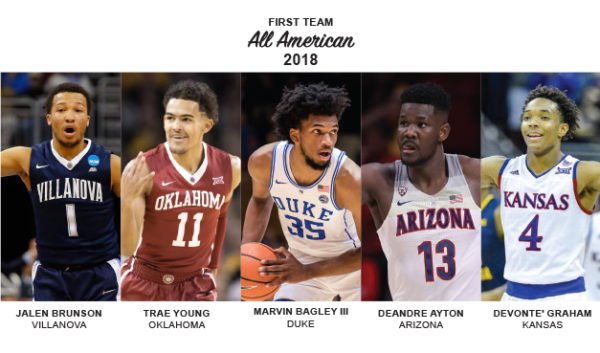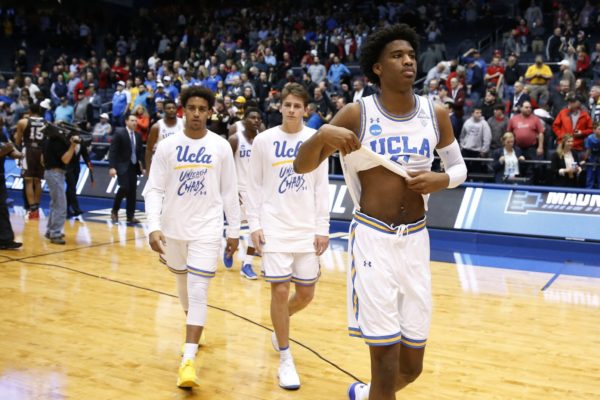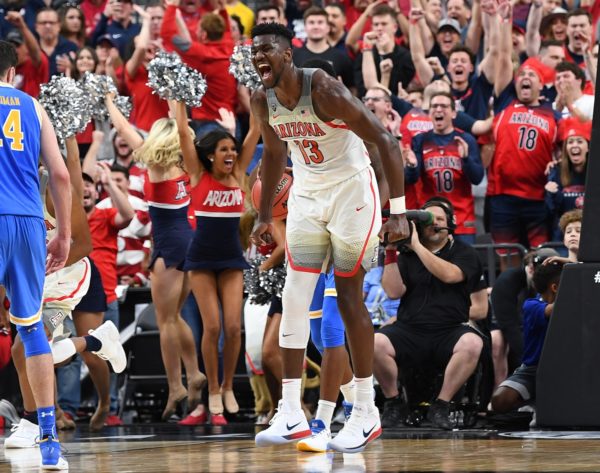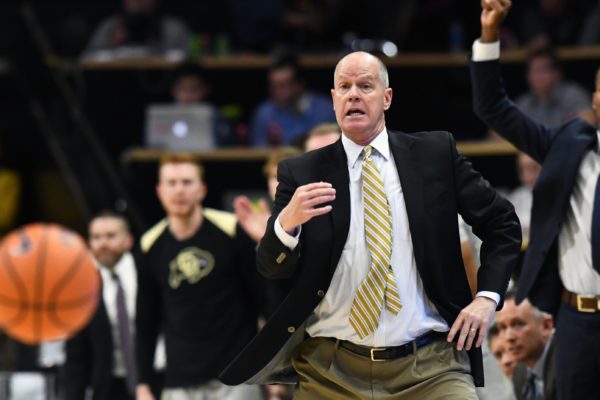Posted by Tommy Lemoine on March 13th, 2018
Yesterday and today we will be rolling out our region-by-region analysis for the 2018 NCAA Tournament. Here, Tommy Lemoine (@hoopthink) breaks down the South Region from top to bottom. Also, be sure to follow our RTC South Region handle on Twitter for continuous updates the next two weeks (@RTCSouthRegion).
South Region
Favorite: #1 Virginia (31-2, 17-1 ACC). Oh, how far Virginia has come. After beginning the season outside of both the AP and USA Today/Coaches Poll Top 25, the Cavaliers have won a school-record 31 games en route to the the #1 overall seed on Selection Sunday. In the process, they posted the second-best adjusted defensive efficiency mark in the KenPom era and didn’t allow a single opponent to break 70 points. This is also Tony Bennett’s second-most efficient offensive team since arriving in Charlottesville in 2009, thanks in large part to sharpshooter Kyle Guy (14.1 PPG, 39.5% 3FG). The notion that Virginia would be overwhelmed by Kentucky or Arizona’s athleticism seems particularly far-fetched considering that the Cavaliers beat Duke in Cameron Indoor Stadium and handled North Carolina twice this season. The idea that a stout defensive club like Cincinnati or Tennessee would out-grind the ACC champs seems equally questionable. Virginia is the South Region favorite, and there’s no really no argument otherwise.
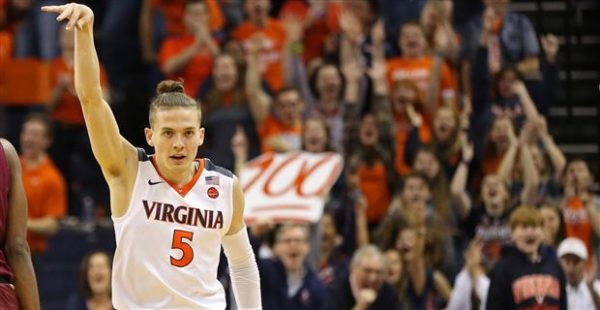
Kyle Guy and the Cavaliers are the best bet to reach San Antonio. (Photo: Geoff Burke, USA TODAY Sports)
Should They Falter: #2 Cincinnati (30-4, 16-2 AAC). Were it not for Virginia, Cincinnati’s defense would have probably received a lot more national recognition this season. The Bearcats held opponents to just over 0.86 points per possession, a mark which — not adjusting for competition — hasn’t been topped since 2008-09 Memphis. Mick Cronin’s team is tough in every sense of the word, just as willing to pound the offensive glass (third nationally in Offensive Rebounding rate) as it is to grind opponents down on the other end. In senior Gary Clarke (13.0 PPG, 8.5 RPG), Cincinnati has a player who manages to serve as both its star and its “glue guy,” the type of scrappy weapon you want on your team when the game’s on the line in March. The Bearcats don’t have many great wins this season, but fresh off of beating Wichita State on the road and winning the AAC title, Cronin’s team looks primed for a deep March run.
Grossly Overseeded: #8 Creighton (21-11, 10-8 Big East). While the seeding was fairly well done in this region, Creighton’s landing spot at #8 came as quite the surprise. Most bracketologists had pegged the Bluejays as a #9 or #10 seed, with some placing them as low as a #11. Its home win over Villanova notwithstanding, Creighton finished just 1-9 against Quadrant 1 opponents this season and failed to win a single road game against teams that finished above .500. Then again, perhaps the Bluejays actually got a raw deal when you consider that instead of a possible Second Round matchup against #2 Cincinnati, they’ll have to face Virginia.
Criminally Underseeded: #13 Buffalo (26-8, 15-3 MAC). According to BracketMatrix.com, the vast majority of projections had atabbed Buffalo as a #12 seed (average: 12.08). Instead, the 26-win Bulls were given a #13 seed and tasked with handling future #1-overall NBA Draft pick DeAndre Ayton way out in Boise. And if you think seeding at this level doesn’t matter, consider this: Historically, #12 seeds have a 35.6 percent chance of advancing to the Second Round compared with just 19.7 percent for #13 seeds.
Read the rest of this entry »
| 2018 ncaa tournament, bracket prep, feature
| Tagged: arizona, bob mckillop, buffalo, caleb martin, cincinnati, creighton, davidson, DeAndre Ayton, jim larranaga, john calipari, loyola (chicago), miami, mick cronin, nevada, south region, virginia, wright state
Share this story





























